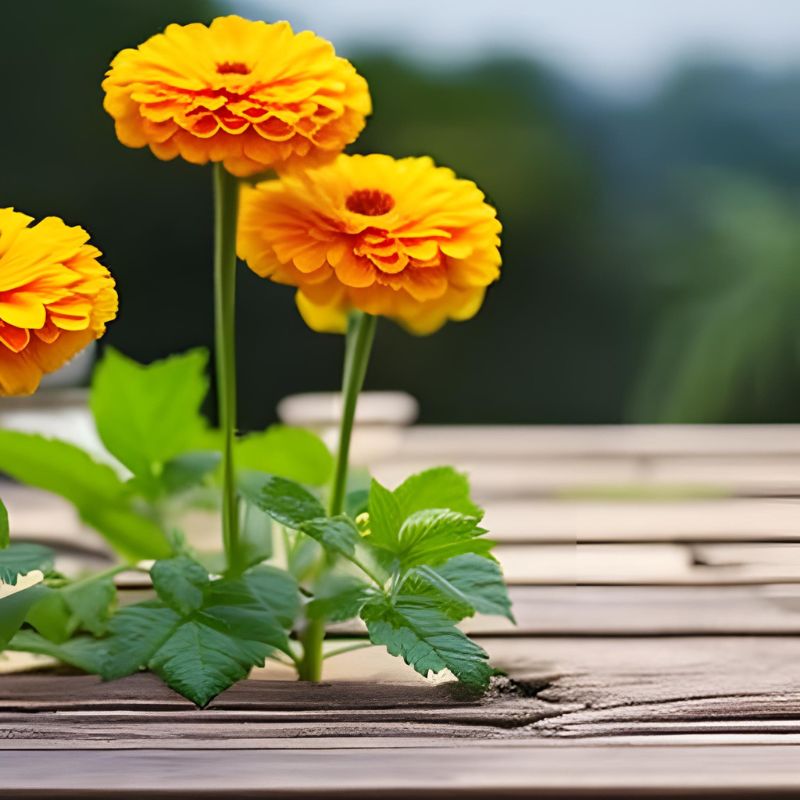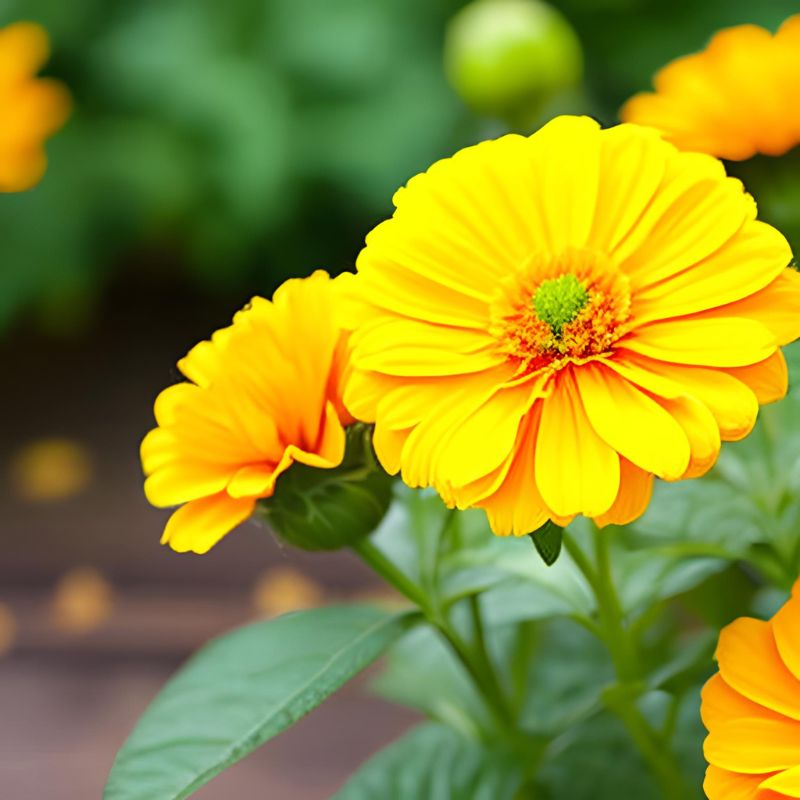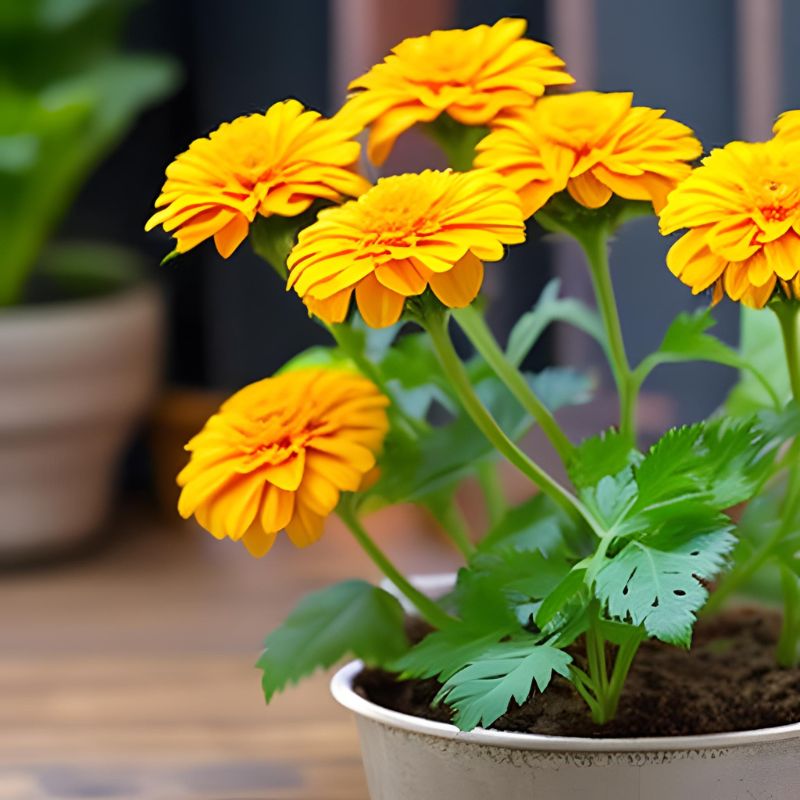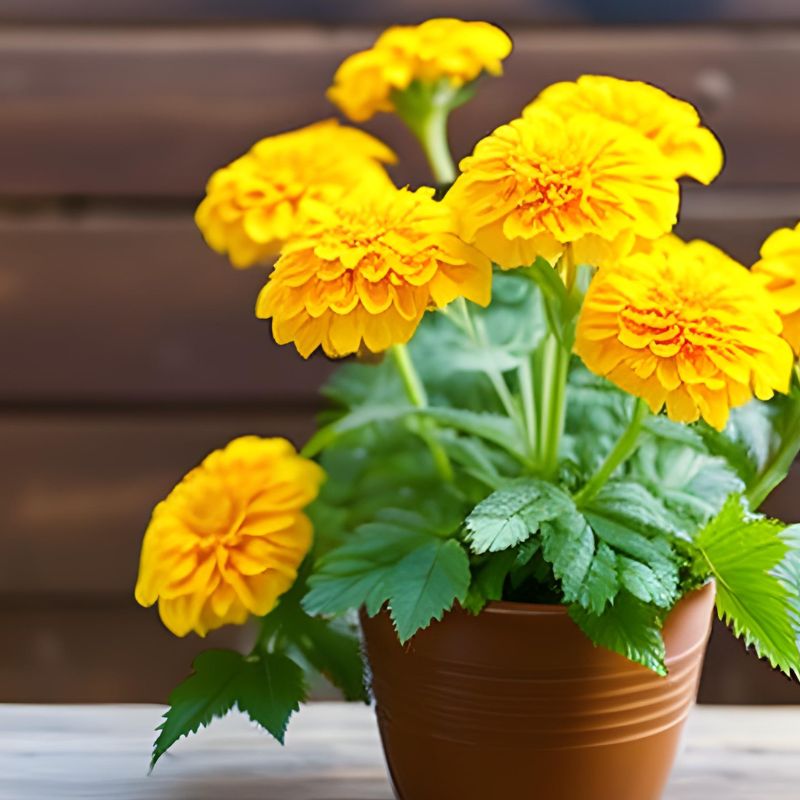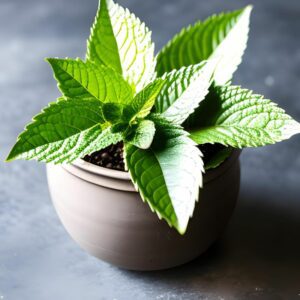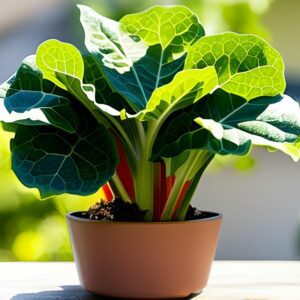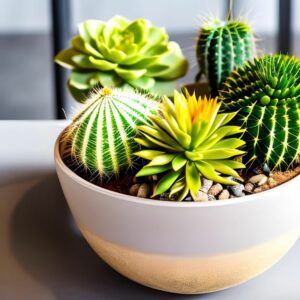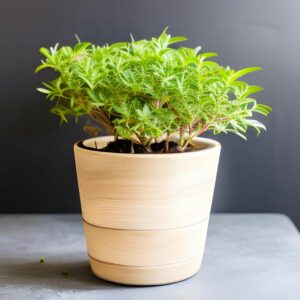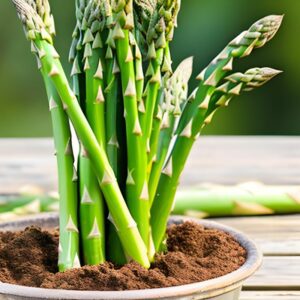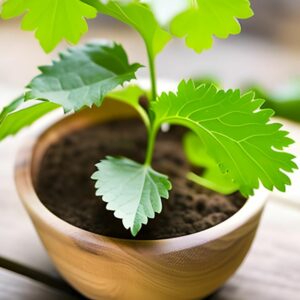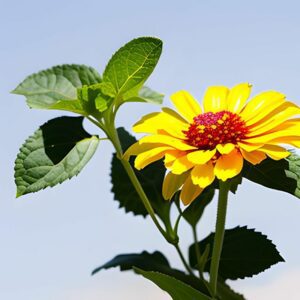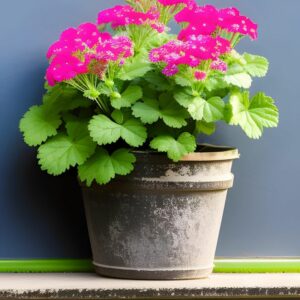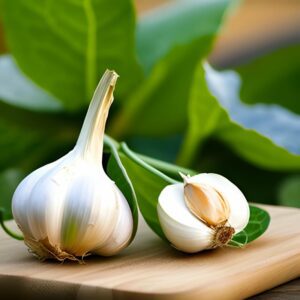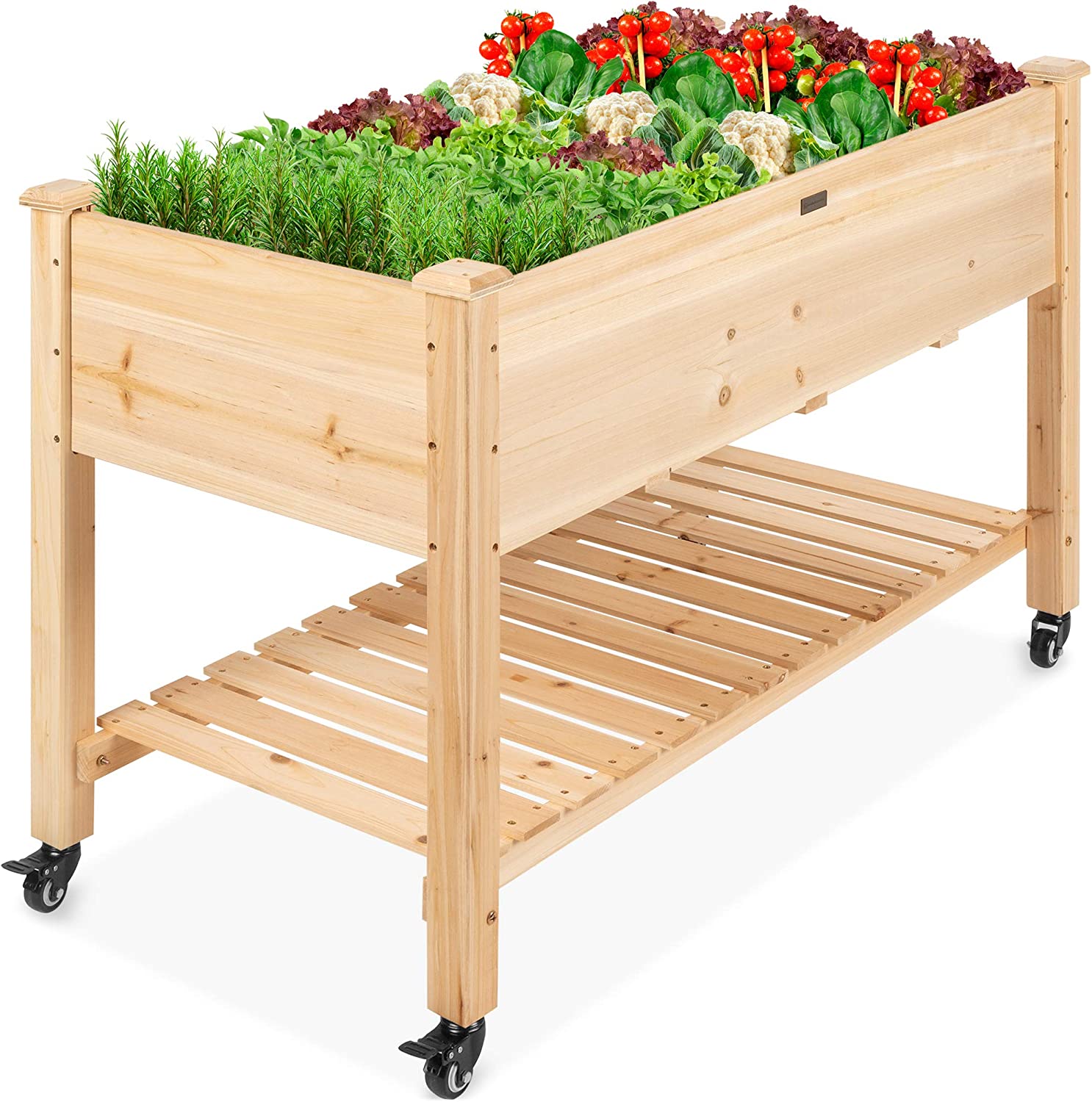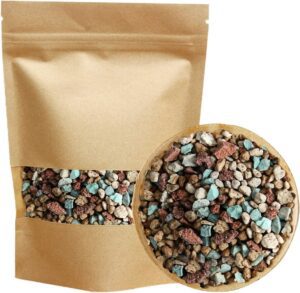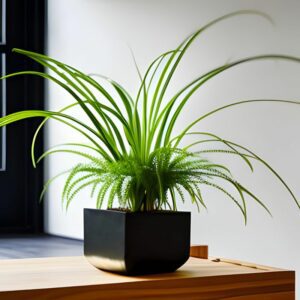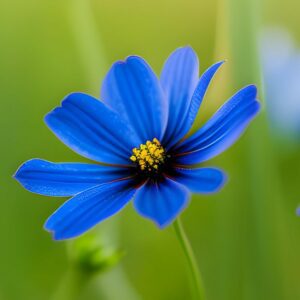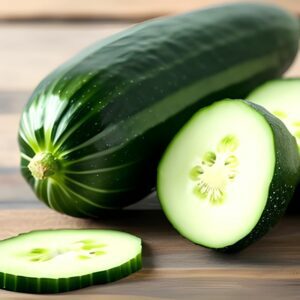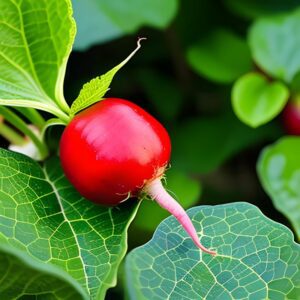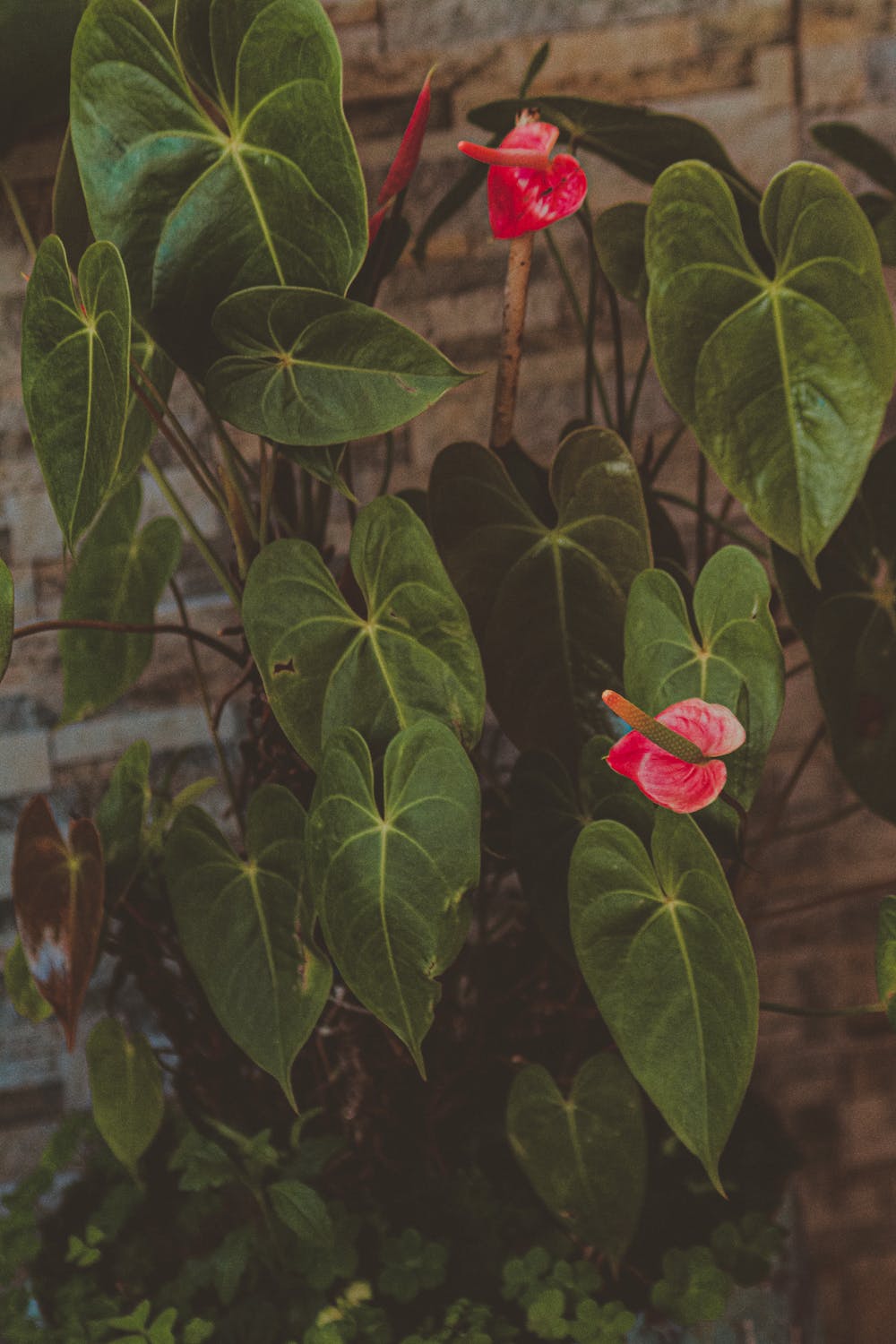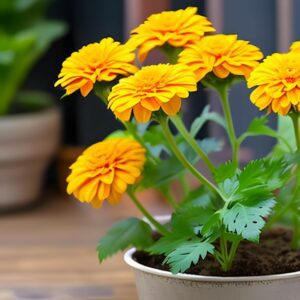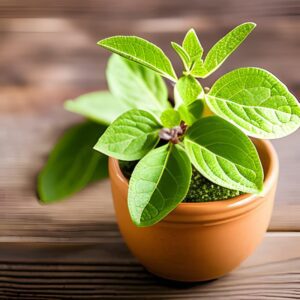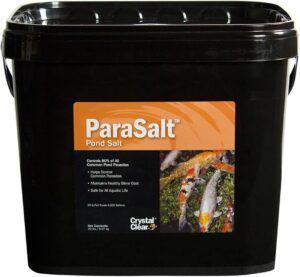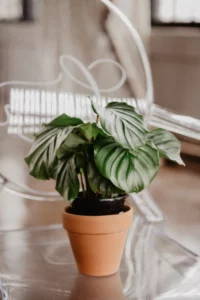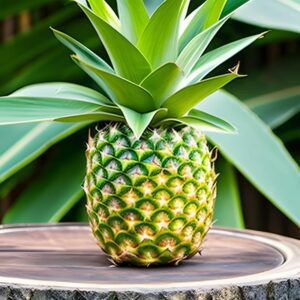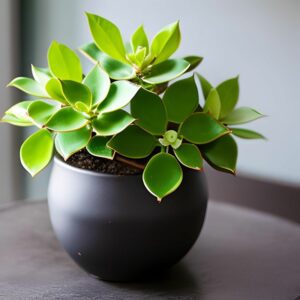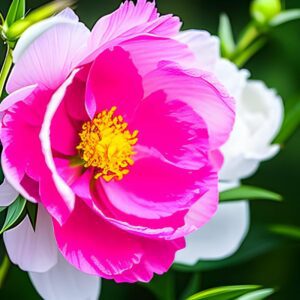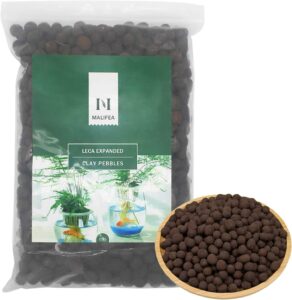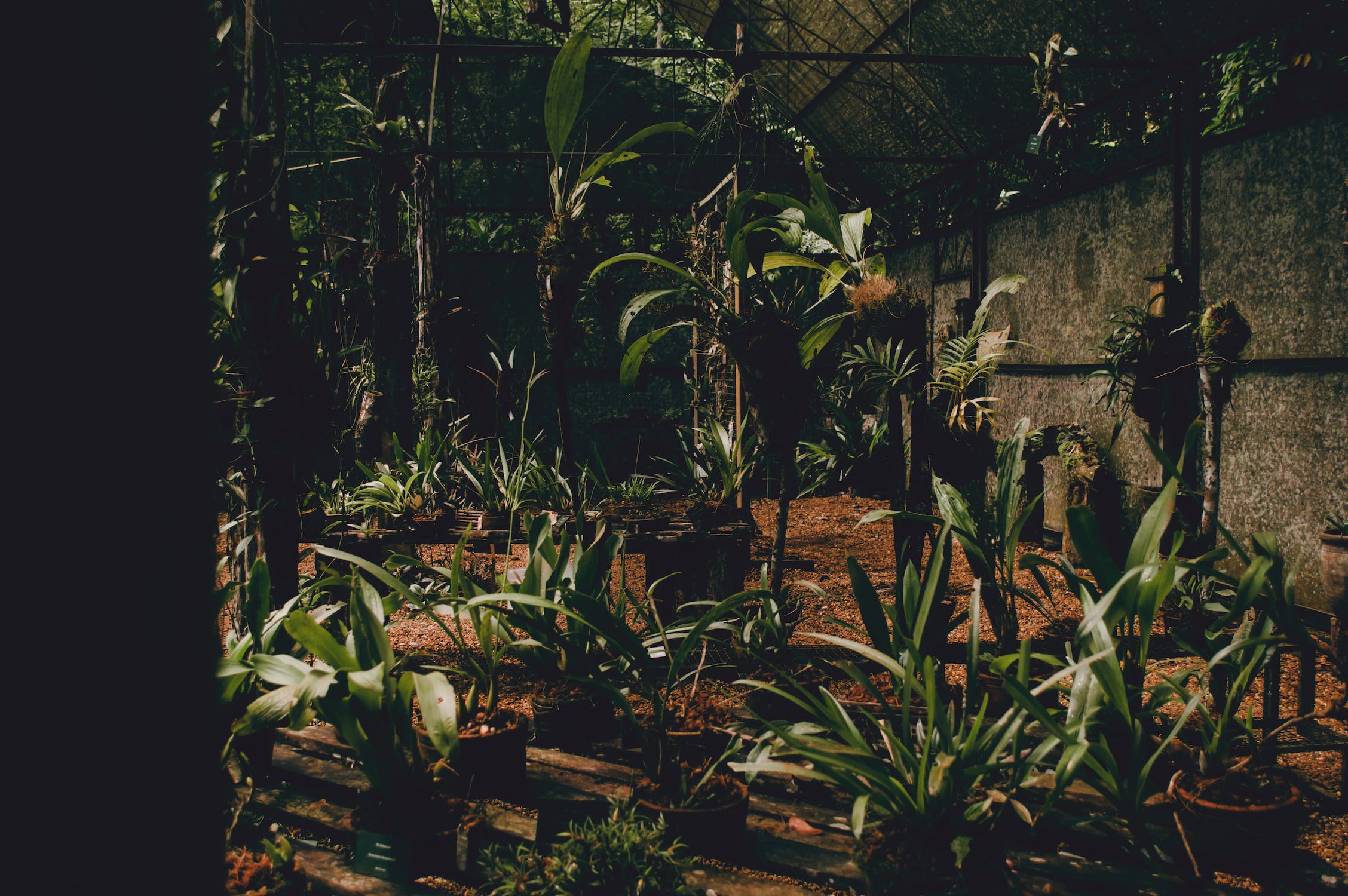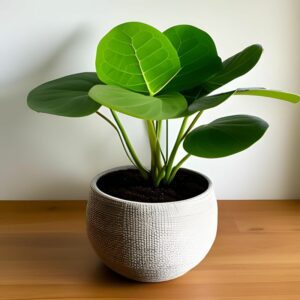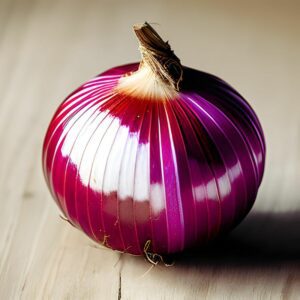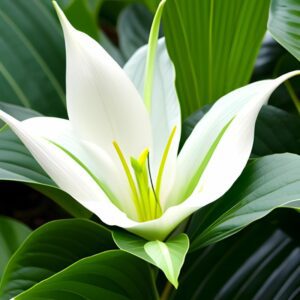Marigold
Flowers
- Central Africa
- Easy
- 45-50 Days
Introduction
Marigolds are a popular garden flower with bright yellow and orange blooms that are often used as borders or bedding plants. They are native to Mexico and Central America and are commonly grown for their ornamental features and ability to repel pests in the garden.
Plant Characteristics
Marigolds typically grow to be 6-24 inches tall and wide, with daisy-like flowers that come in shades of yellow, orange, and red. They have a pungent odor and are known to repel pests such as aphids and nematodes.
Ideal Growing Conditions
Marigolds prefer full sun to partial shade, well-draining soil, and moderate watering. They are tolerant of hot and dry conditions and can even handle some frost.
Planting Guide
Sow seeds directly into the ground in the spring after the last frost, or start seeds indoors 4-6 weeks before the last frost date. Plant seeds 1/4 inch deep and 6-12 inches apart, depending on the variety. Germination typically occurs in 5-7 days.
Watering and Fertilizing
Water marigolds deeply once a week, allowing the soil to dry out between waterings. Fertilize once a month with a balanced fertilizer.
Pruning and Maintenance
Deadhead spent flowers to encourage more blooms and prevent the plant from going to seed too quickly. Marigolds do not require extensive pruning but may benefit from occasional pinching back of leggy growth.
Harvesting or Flowering
Marigolds will begin flowering in 45-50 days after planting and will continue to bloom until the first frost. The flowers can be harvested by cutting the stem just below the flower head.
Post-Harvest Care
Store harvested marigold flowers in a cool, dry place for up to 7 days. To care for the plant after its growing season, remove dead foliage and cut the plant back to 1-2 inches above the soil line.
Troubleshooting
Marigolds are generally easy to grow but may be susceptible to fungal diseases in humid or wet conditions. To prevent fungal diseases, avoid overhead watering and provide good air circulation. Spider mites and aphids may also be a problem, which can be treated with insecticidal soap or neem oil.
Fun Facts
Marigolds have been used for medicinal purposes in many cultures, including treating digestive issues, skin problems, and even promoting hair growth. They are also known as the “herb of the sun” in some cultures due to their association with the sun’s energy.
